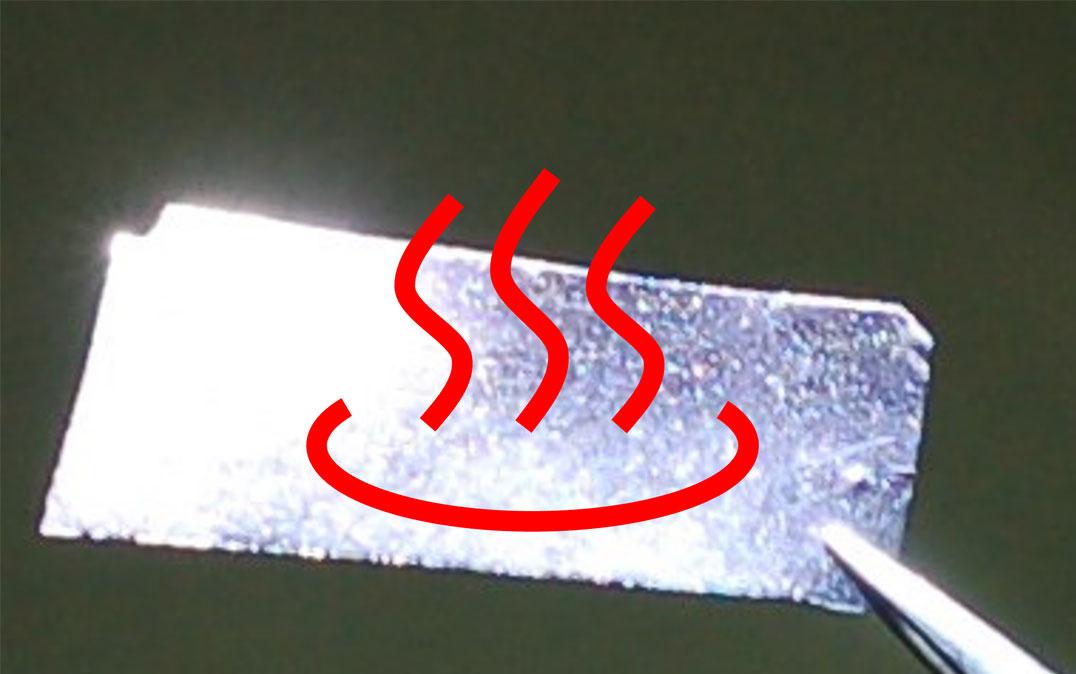Research News
Volcanic Spring Water Will Help Researchers Make Plastic Electronics

Researchers from the University of Tsukuba have made electrically conductive polyaniline composites in mineral water. This work will increase the sustainability of manufacturing many consumer and industrial products
Tsukuba, Japan—When you think of how to make electronic components, water probably doesn't top your list of raw materials. Nevertheless, in a study recently published in Journal of Water Chemistry and Technology, researchers from the University of Tsukuba have used volcanic spring water to help make the plastic that's an essential part of many modern technologies.
Plastic holds together the electronic components in many modern technologies. Polyaniline (PANI) is one of these plastics. Because millions of square meters of PANI are used every year for this and other purposes, there are clear benefits to making it in the most environmentally sustainable solvent possible. Many solvents can be used to make PANI—but most are rather toxic and incompatible with common mass-production device fabrication processes, such as inkjet printing.
Pure water won't work, because an acid and an oxidizer are usually necessary to convert aniline into PANI. PANI is usually synthesized in aqueous sulfuric acid solutions. However, volcanic spring water contains sulfate and an abundance of mineral ions that in principle are sufficient for polymerization. This is the hypothesis that the researchers set out to test.
The researchers prepared PANI, nanoscale PANI particles, and PANI/silk composites by simply stirring their mixtures overnight at 0°C. They optimized the conductivity of the PANI and confirmed that trace minerals were not the source of the conductivity. "Scanning electron microscopy indicates that each thread of a fabricated silk fabric was coated with PANI, and the shape of the fibers was unchanged," explains Professor Goto. "Thus, we have developed a straightforward means of preparing textiles that can conduct electricity."
Many other applications of these PANI composites are possible. For example, the researchers used PANI-infused filter paper to remove nearly 75% of trace iodine from a water sample.
This work succeeded in preparing PANI by what is likely one of the most environmentally sustainable means possible: in volcanic spring water at low temperature. It would be straightforward to identify the optimal mineral concentration, pH, and sulfate concentration for this synthesis, such that water from any source would be a viable solvent for PANI synthesis. By synthesizing PANI in a manner that produces no oil waste and with no flammability hazard, its production for electronics may be recognized as the epitome of green chemistry.
Original Paper
- Title of original paper:
- Synthesis of polyaniline and polyaniline/fiber composites in geothermal water
- Journal:
- Journal of Water Chemistry and Technology
- DOI:
- 10.3103/S1063455X23010046
Correspondence
Associate Professor GOTO Hiromasa
Faculty of Pure and Applied Sciences, University of Tsukuba
Related Link
Faculty of Pure and Applied Sciences



